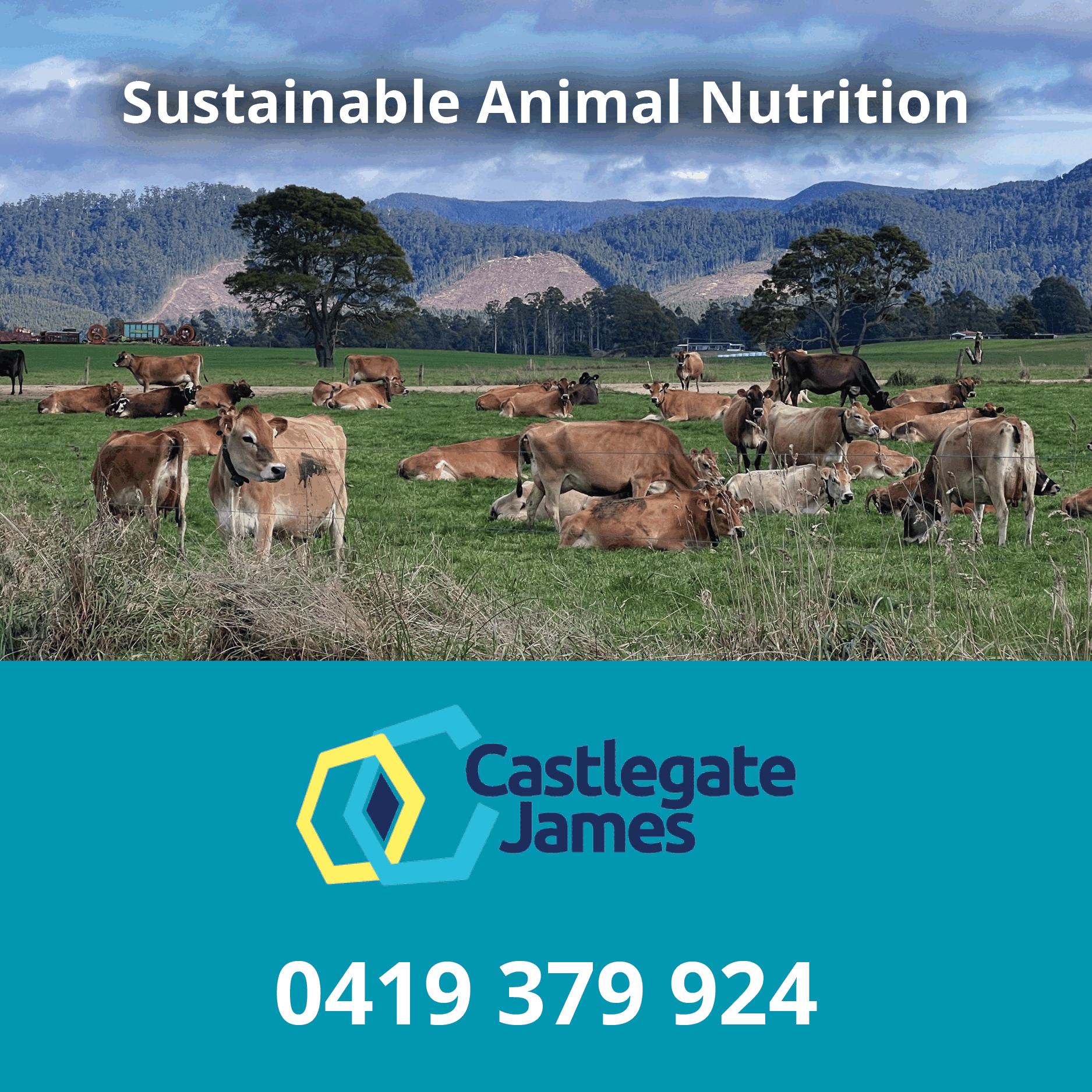Wool report: premium quality leads the way

IN a slightly disjointed selling week to accommodate the Chinese New Year celebration wool sales were held on Tuesday and Thursday last week.
The absence of the Chinese was not evident as they were still operating via normal channels even though some were no doubt knee-deep in festivities.
In what was a smaller volume than the previous week just over $40m of wool still changed hands during the week in what most described as a positive mood in the auction room.
The AWEX EMI showed an increase of 6 cents in local currency terms, a decrease of a solitary cent in USD terms, and the market was also a couple of Euro cents cheaper according to the blanket indicator.
Within any market there are a range of different trends going on and these are sometimes masked by the overall average indicator measure.
That is true for the wool market at present where the premium wools are becoming more and more expensive compared to the also-ran types.
Superfine Merino types which have the additional certification required for some orders, plus the desired processing characteristics and style are being sought after by some European connections, but also Chinese and Indian processors who will probably export the tops or yarn or fabric to European markets.
The wools which are seeing negative trends as usual for this time of year are those carrying excessive amounts of VM or to a lesser degree colour and cot.
There are some coloured wools and a small amount of cot around this season, but far less than usual which is indicative of a very dry season any where west of the Great Divide.
Those spring shorn wools with a high CVH that are being sold now are seeing some discount, but probably not as much as they would have in November and December when they were much more abundant.
Crossbred wool supply is beginning to taper off as the main shearing season for these wools has now passed, but demand it seems is cranking up.
There is a lot of inquiry from various markets for the traditional German Merino type and similar blends.
So a blend of the coarsest Merino available, being 21.5 or 22.0 micron, plus some shorter finer cross bred up to 28 micron to produce a 24 or 25 micron product.
Hand feel, colour and minimal medullated fibre count are very important and so the reticence of buyers to add anything with a high CVD or that which is poorly bred or classed.
28 micron wools in Sydney were quoted at 450 c/kg clean, which although still a low price compared to the heady days of 2020/21, would cover the cost of shearing for most producers which has been an issue in the past couple of years.
Carbonised wool and the associated blends which go into the woollen and felt industry also continued to see a resurgence of sorts this week.
They are not going to drag the rest of the industry into a new pricing regime, but it is positive to see some of these less mainstream types gain a bit of favour with the market.
Exporters and traders are currently able to sell pretty much any type they wish to offer at present, from carbo to pieces to fleece.
It is just a matter of price and volume.
The margins are not great which means that nobody wants to take a large risk position and, given the volatility in the currency markets, exporters and processors are definitely not going to vote for a week’s break in the selling calendar at this time of year for the Chinese New Year.
We did manage to accommodate everyone and no doubt some will raise the issue again next year when Chinese New Year falls on Tuesday, February 16.
In other parts of the world the showcasing of new collections for the next season continues with Pitti Filati taking place in Florence, Italy.
This yarn exhibition allows the European trade to get together over a cappuccino and discuss trends, the current market and their expectations for the coming 12 months.
Attendance was a little more subdued than organisers had hoped but, given the timing and also the eco nomic malaise across Europe, hardly surprising.
The interest this week switched further south to Milan when Milano Unica showcases fabric collections and hopes to generate some enthusiasm.
The European Central Bank cut interest rates for the fifth time since June, but the conservative, steady as-she-goes approach of 25 points at a time is possibly not what is needed.
By way of comparison, the Fed Reserve in America launched its pol icy turnaround with an initial 50 point cut last year, and perhaps that is what the Europeans should have done as well, but conservatism and Europe seem to go hand in hand.
What Beijing plans to do to stimulate the sluggish Chinese economy beyond the broad policy announcements and a promise to be more aggressive in future is still under wraps and no new policy announcements were forthcoming over the holiday period.
They will hold a significant meeting on March 5 where their 2025 growth target will be announced and also the next five-year plan unveiled.
Whether there will be enough stimulus provided to boost consumer confidence rather than just shoring up the CCP’s political survival is something that will be closely watched by all and sundry.
In the meantime, the wool market continues its slow grind, holding its head above water, but not really looking like catching the wave everyone is waiting for.
A small offering of only 38,000 bales will ensure limited downside apart from those less desirable wools.




Add new comment